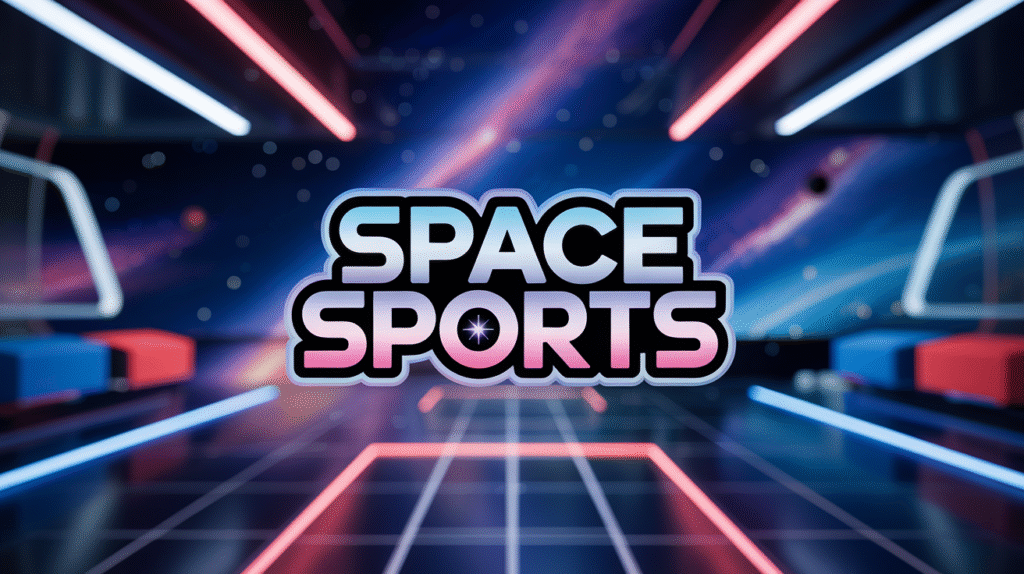
Summary – An in-depth analysis of the NHL’s recent influx of international stars and its potential impact on the sport’s growth and competitive landscape.,
Article –
The National Hockey League (NHL) is undergoing a transformative phase as it embraces a significant influx of international talent, profoundly impacting the league’s competitive dynamics and cultural identity. This new wave of players from Europe and other regions is reshaping gameplay, team composition, and the NHL’s global reach.
Setting the Stage
Over the last ten years, the NHL has seen a marked increase in players recruited from countries like Sweden, Russia, Finland, and the Czech Republic. This trend extends beyond simple roster diversification; it represents a strategic move aligned with the league’s ambitions to grow globally and maintain competitive balance. The 2023-2024 season highlighted this evolution, with international stars assuming crucial roles, leading their teams deeper into the playoffs.
These players introduce unique playing styles — often emphasizing puck possession, creativity, and finesse — which enrich the NHL’s tactical complexity and challenge the traditional North American emphasis on physicality and speed.
The Turning Point
A pivotal moment came during this season’s trade deadline, illustrating how international talent is now central to team strategies rather than complementary additions. The trade of Swedish winger Elias Johansson to the Toronto Maple Leafs enhanced the team’s offensive capabilities, particularly improving their power-play efficiency and top-six depth.
Simultaneously, Russian defenseman Ivan Petrov’s move to the Boston Bruins showcased the growing importance of defensive mobility and skillful puck movement—traits often associated with European defenders—signaling a league-wide shift toward more dynamic defensive play.
Tactical and Technical Breakdown
The arrival of international players has spurred tactical innovations across NHL teams. European-trained athletes excel at tight puck control and quick, intelligent decisions, honed through experience in international competitions such as the IIHF World Championships and the Winter Olympics. These attributes translate to strong performances in high-pressure moments.
Teams have adapted accordingly:
- The Toronto Maple Leafs transitioned their power play to a patient puck circulation method, capitalizing on Johansson’s vision and passing skills.
- The Boston Bruins shifted from the traditional dump-and-chase defense to a more controlled breakout approach, facilitated by Petrov’s calm and quick transition play.
Psychologically, these international stars foster a culture valuing adaptability and cultural exchange, enhancing locker room chemistry and mental resilience—key factors in playoff success.
Reactions from the Sport
Feedback from players, coaches, and officials confirms the positive influence of international talent. Milwaukee Admirals head coach remarked, “Players from different hockey cultures push us to rethink how we prepare and compete. Their unique skill sets raise the bar for everyone.”
League Commissioner Gary Bettman emphasized the broader impact: “Our expanding international footprint is vital for the NHL’s future, bringing fresh talent and expanding our fan base worldwide. It enhances competition and showcases hockey as a truly global sport.”
Teams are intensifying scouting efforts in Europe and Asia, reflecting a strong focus on blending international expertise with domestic development.
What Comes Next?
The NHL’s internationalization is expected to continue accelerating. Future strategies will likely involve:
- Refining scouting and development programs to integrate diverse playing styles successfully.
- Potentially reshaping draft methods and coaching hires to support more cosmopolitan team leadership.
- Enhancing cultural support systems for international players to ensure smooth adaptation and thriving careers.
- Adjusting operational aspects such as game scheduling and off-ice resources to accommodate a globally dispersed talent pool.
On the competitive stage, fans can look forward to a more unpredictable and stylistically diverse NHL, where the combination of different hockey philosophies produces exciting rivalries and compelling narratives.
The ongoing blending of international influences raises critical questions: how will traditional powerhouses maintain dominance? Can the newly empowered teams leverage this global talent wave to capture their first Stanley Cup? These storylines present a thrilling outlook for the future of professional hockey.

More Stories
How the Early Serie A Fixtures Are Shaping the 2025/2026 Title Race
Attica’s Bold Tennis Rebirth: The Vanda Pharmaceuticals Hellenic Championship ATP 250 Sparks Global Sports Tourism
How Attica’s Vanda Pharmaceuticals Hellenic Championship ATP 250 is Reshaping Global Tennis Tourism